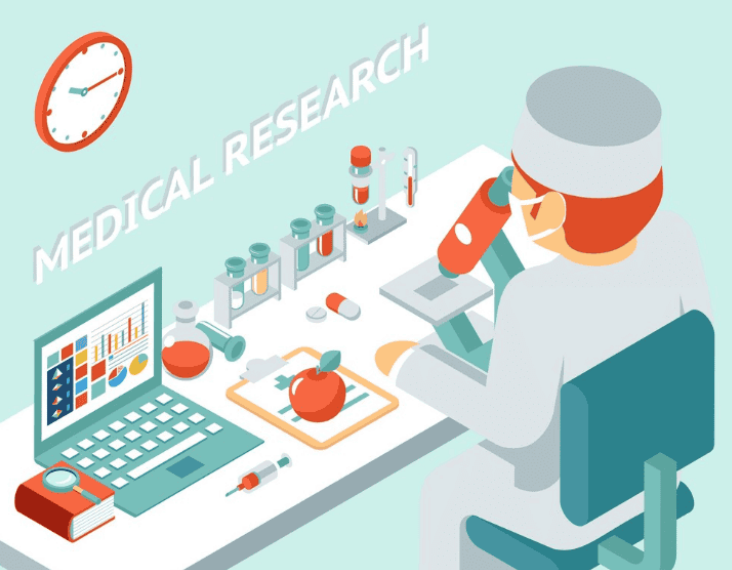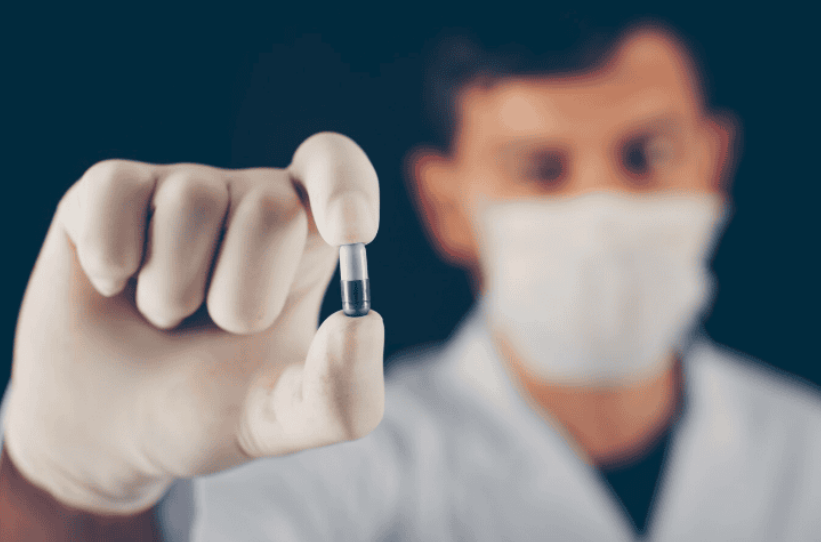Have you ever wanted to know what it takes for a new medicine to move from a scientist’s vision to your neighbourhood pharmacy? It’s a fascinating process that can take years of research, testing, and careful assessment. So, let’s take a look at the drug development timeline and what it really means for you as a potential clinical trial participant and future patient.
A Bird’s Eye View of the Drug Development Timeline
New drug development is a complex process that takes a long time. Overall, it usually takes a new medicine 10–15 years from the time of initial discovery until it can be prescribed. But it can take less time or a lot longer depending on the drug, what disease it’s targeting, and many other factors.
Let’s look closely at each of the phase of a new drugs development to see what goes on and why it takes so long.
Preclinical Research: Preparing the Way
A lot of groundwork must be done before a potential new drug can be tested on humans. This stage, which often lasts 3–6 years, revolves around:
- Identifying a target (for example, a protein or gene) associated with a disease
- Designing a molecule to bind to this target
- Studying the molecule in laboratory dishes and animals to determine whether it is safe and effective
Researchers are trying to answer two key questions during this period:
- Does this possible drug do what it’s supposed to do?
- Is it safe and effective enough to test on humans?
In fact, only 1 in about 1,000 compounds studied in preclinical research goes on to testing in humans. But it’s a little like panning for gold — you must wade through a lot of material to unearth anything prized!

Clinical Trials: Testing in People
If a drug candidate performs well in preclinical studies, it enters clinical trials. This is where you may come in as a participant. These are typically broken down into three main phases of clinical trials:
Phase 1: Is it safe?
- Duration: Several months
- Study participants: 20–100 healthy volunteers or people with the disease
- Purpose: Testing the safety of the drug in humans and reporting side effects.
Phase 2: Does it work?
- Duration: A few months to 2 years
- People: Up to several hundred people with the disease
- Purpose: To see if the drug works and to determine which dose is the most effective
Phase 3: Is it stronger than other treatments?
- Duration: 1–4 years
- Participants: 300 to 3,000 people with the disease
- Aim: To confirm the effectiveness of the drug, assess side effects, and compare it with drugs most commonly used
These phases are all important when it comes to determining whether new drugs are safe and effective. As a participant in a clinical trial, you are an important part of this process. Your participation also contributes to researchers learning how the drug works in real people rather than in laboratory tests.
The Final Hurdle: Regulatory Review
If a drug successfully passes through clinical trials, the pharmaceutical company then has to apply to a regulatory agency, like the Medicines and Healthcare products Regulatory Agency (MHRA) in the UK or the Food and Drug Administration (FDA) in the US. Those agencies evaluate all of the data from the preclinical and clinical studies to determine whether the drug should be approved. This is also a long process and can take longer if the respective agency asks for more data or studies to be conducted.
Why It’s So Hard to Develop New Drugs
Creating any new drug takes not only a lot of time but also money and risk. Here are some of the key challenges:
- Time constraints: The long development timeline can make it more than a decade before a new treatment is delivered to patients.
- Financial costs: The average cost for developing a new drug is estimated at £1.15 billion ($1.3 billion).
- Patient recruitment: It can be challenging and time-consuming to find enough suitable participants for clinical trials, that’s why your participation is so important.
- Regulatory hurdles: Different drug approval processes often require compliance with many different standards.

Success Rates: What Are Your Chances of Succeeding
In light of these challenges, it is little wonder that not many potential drugs move through the entire process. Very few drugs that go into clinical trials end up being approved.
Success rates by disease area vary. For instance, the probability of success of oncology drugs (5.3%) is lower than that for vaccines targeting infectious diseases (33.4%).
Why This Matters to You
For the person that may someday participate in a clinical trial or become a future patient, learning more about the drug development process can be important for various reasons:
- Broader access to new treatments: Clinical trials can provide access to new treatments before they’re available more broadly.
- Safety: The extended development process helps make sure approved drugs are as safe as they can be.
- Knowledge of drug testing: Familiarity with this extensive testing procedure allows you to make informed choices regarding your treatment options.
- Cost factors: The final price of new medicines draws upon the high cost and risk of developing a drug.
You can help deliver new treatments to patients by getting involved with clinical trials and research studies. But, as with anything, it’s key to know that there are both potential benefits and risks to being part of a trial. You should always discuss these with your doctor and the research team before considering participation.
Keep in mind that every medicine you’ve ever taken has gone through this lengthy, complex process. The next time you fill a prescription; you’ll appreciate the remarkable journey that medicine has taken and the countless people who helped bring it to you.

